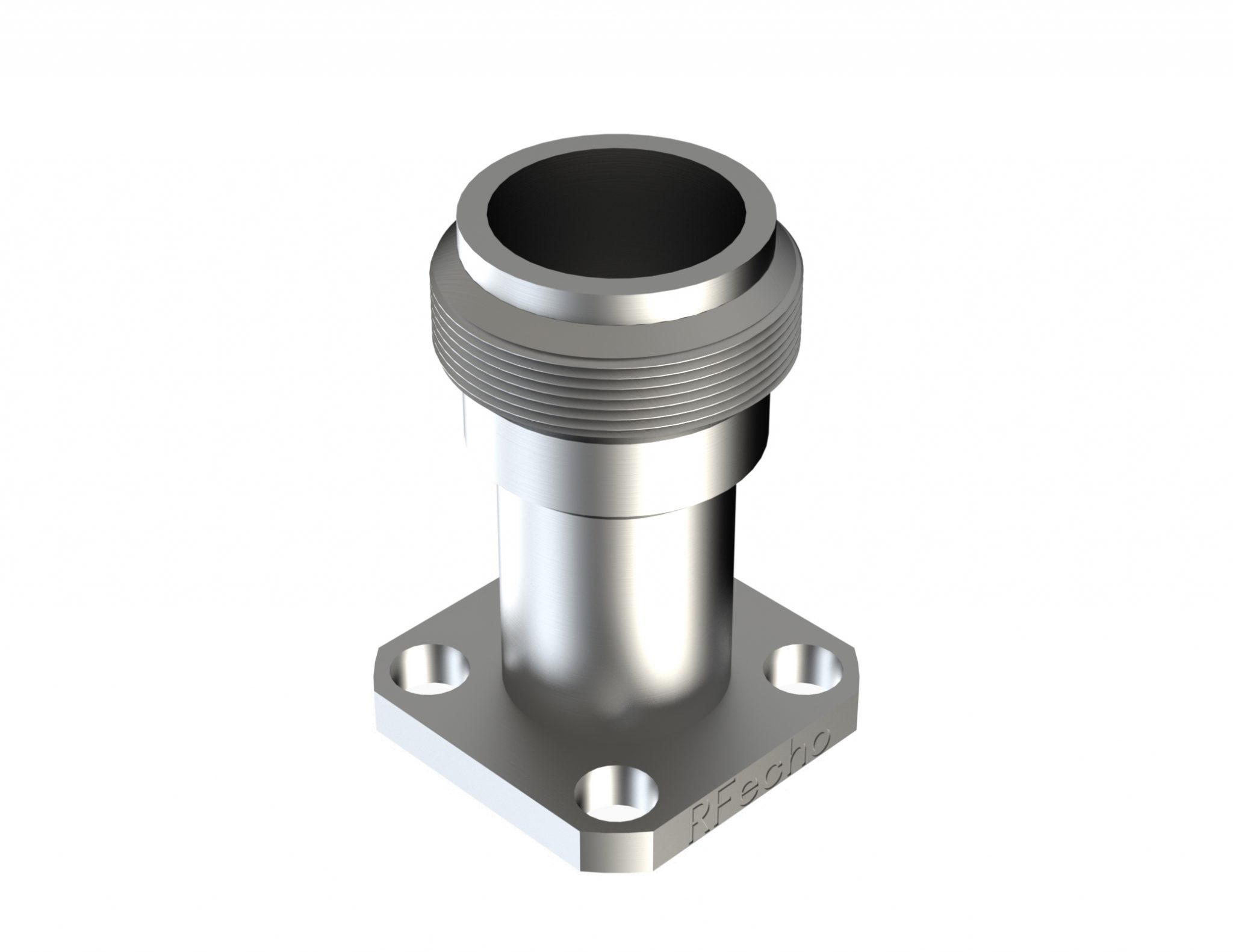
Bulkhead mounting connectors where coaxial cable entry is provided are available for this.
TNC CONNECTOR FULL
Where impedance matching and full screening is required. These arrangements are only suitable for low frequency applications, and not for RF. Some of these connectors may also use four nuts and bolts to fix them to the panel. Large washers can be used to provide an earth connection directly to the connector. The earthing is then accomplished via the panel to which the connector is bolted using a single nut. The very basic TNC connector consists of a panel mounting assembly with a single connection for the coax centre. The sockets or female TNC connectors also come in a number of flavours. This may not be significant for most applications, but at frequencies near the operational limit of the connector there may be a small difference. Unfortunately right-angled connectors have a marginally higher level of loss than their straight through counterparts. These are ideal in many applications where the cables need to leave the connector in this manner to ensure cables are in a tidy fashion, or where space is at a premium. Of these the straight connectors are the most widely used, although right angled connectors where the cable leaves the plug at right angles to the centre of the connector centre line are also available. In addition to this there are straight and right angled variants. Although there is some latitude, it is naturally best to select the correct cable format.

It is therefore necessary to specify the TNC plug for use the cable to be used. In this way all the internal piece parts are compatible with the coaxial cable used. TNC plugs are designed not only for the required impedance, but also to accept a particular coax cable format. Not only are there plugs and sockets but there are also adapters and also other items such as attenuators. TNC connectors come in a variety of formats. That said, many of the much cheaper TNC connectors still provide useful performance, but not to the same frequencies. This assumes that thees RF connectors are obtained from reputable suppliers and are not some of the cheaper variants that are available. Most TNC connectors are specified to 11 GHz, and some are able to operate to 18 GHz. It possesses many of the same properties, although in view of the much more satisfactory connection on the outer, its frequency limit is extended. The TNC connector is essentially an RF conenctor that is a threaded version of its bayonet cousin. The TNC connector overcame this issue by having a much firmer screw or threaded arrangement for the outer part of the connector.In fact the TNC connector gains its name from the threaded arrangement used: Threaded Neill Concelman. As the bayonet fixing moved slightly there were small variations in resistance that gave rise to noise. TNC connector beginningsĪlthough the BNC connector proved to be very useful, the TNC connector was developed to overcome one of the major shortcomings - that of variations in resistance and connection with the outer sleeve during vibration. Typically the TNC connector is likely to be used in applications where the connector needs to survive vibration, and provide reliable performance at high frequencies and the convenience of the bayonet connection is not required. The outer sleeve of the TNC RF connector screws onto the mating half and this provides a secure and reliable mated connection. In overall form it is very similar to the very popular BNC connector, but rather than having a bayonet connection it uses a screw fit. The TNC connector is a medium sized form of RF connector. Related connector types: Other connectors RF connectors RF connector specifications BNC connector TNC connector N-type connector SMA connector SMB connector MCX connector Precision connectors UHF connector F-type


TNC Connector The TNC connector is used in many areas where a medium sized connector with a screw fit is required to provide secure mating.


 0 kommentar(er)
0 kommentar(er)
